Summary
- Action-adventure games offer non-linear progression, allowing players agency in how they approach missions and explore worlds.
- Games like Middle Earth: Shadow of War and Metal Gear Solid 5 use systems like the nemesis system to offer player-driven stories.
- Ghost of Tsushima and Grand Theft Auto 5 provide opportunities for players to approach missions in any order, enhancing the feeling of freedom.
Often, when players think of action-adventure games, they think of linear, narrative-driven games. Sony’s first-party games like The Last of Us and God of War immediately come to mind. Yet, there are a lot of action-adventure games that give players a greater level of agency over how they progress, whether that’s by giving players an open world to explore and missions to progress in any order, or by creating a Metroidvania-style world that players can uncover at their own pace.
Few action-adventure games are fully non-linear. Players are generally always working towards the same story beats, but if the journey of getting there can be approached in a number of ways, then the feeling of non-linearity can still shine through as a reason to replay the game. These action-adventure games all have non-linear progression in various ways, and use it to give the player a sense of freedom in their progression.
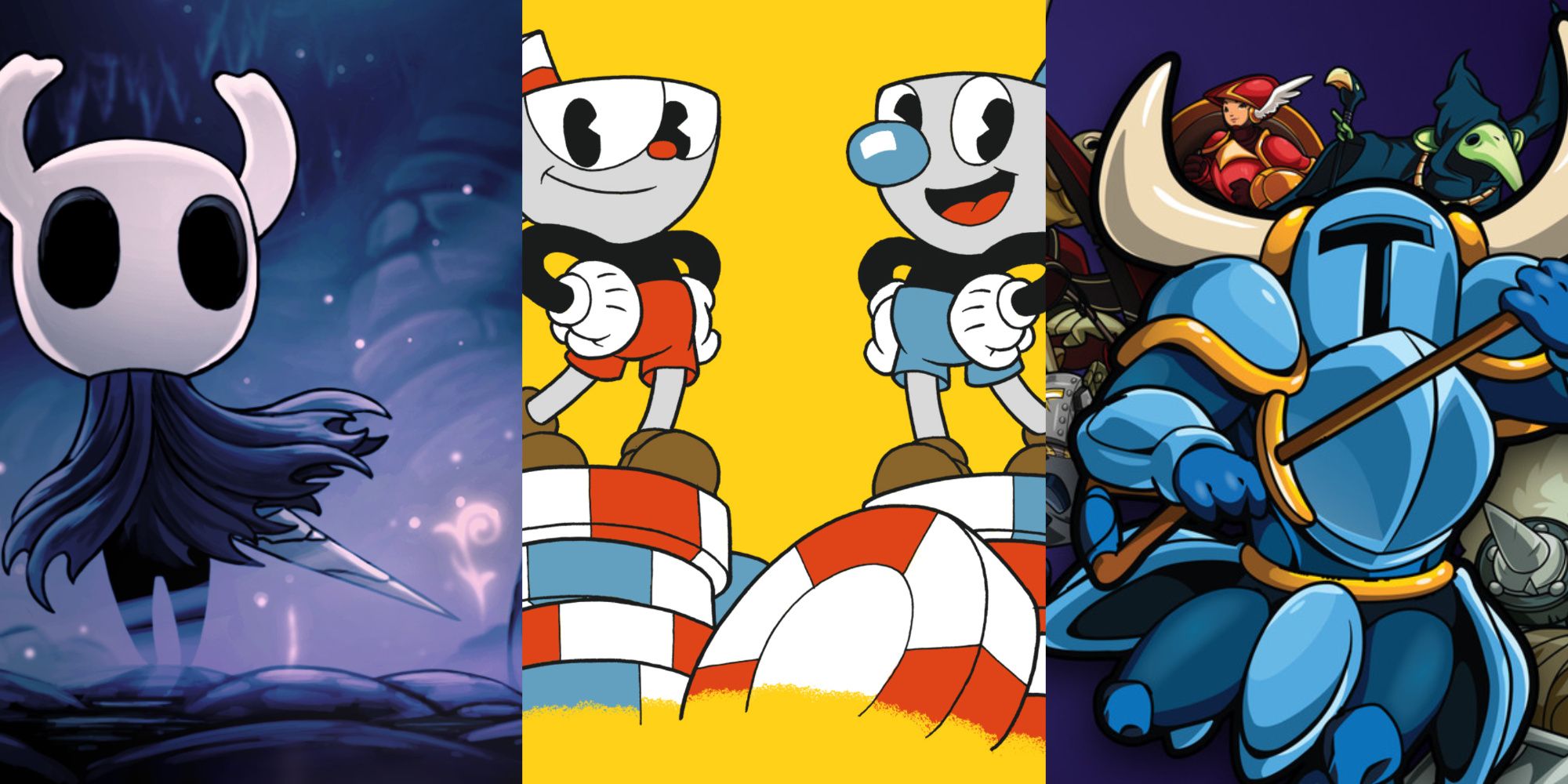
Related
10 Best Indie Action Adventure Games
Players in the mood for an action-adventure title don’t have to look much further than the following indie gems.
8
Middle Earth: Shadow of War
Building Rivalries
Middle Earth: Shadow of War opened up the series to a much more player-led sense of progression via the development of the nemesis system. As the player is tasked with building their own orc army while infiltrating and exposing the enemy, progress is often defined by the player harrying orc leaders across the map until they can recruit them, or until they are defeated themselves.
This system is what allowed players to tell their own stories in the game, whilst chipping away at the game’s scattered open-world missions. The overarching system gives players something to aim towards at all times, and the procedural generation of enemies, promotions, abilities, and personalities throws up some genuinely interesting combinations.
PMC Simulator
The stealth sandbox maps of Metal Gear Solid 5: The Phantom Pain allow for a great deal of freedom in how the player approaches both gameplay and progression. Missions can be approached in any order for the most part, and the player is free to explore the maps to recruit soldiers, gather resources, or just experiment with the many gadgets and weapons available to Punished Snake.
There are many factors that can make a playthrough feel especially unique. As well as being able to approach missions and the story as the player sees fit, the game world is also reactive. If a player likes to headshot enemies from afar with a sniper rifle, after a while, enemies will start bringing armored helmets to protect from that. The AI will try and adapt to the player’s playstyle, bringing in more challenges as the campaign progresses. Some players preferred the more focused stories of previous games, but the freedom of MGS5‘s sandbox offered a different kind of satisfaction.
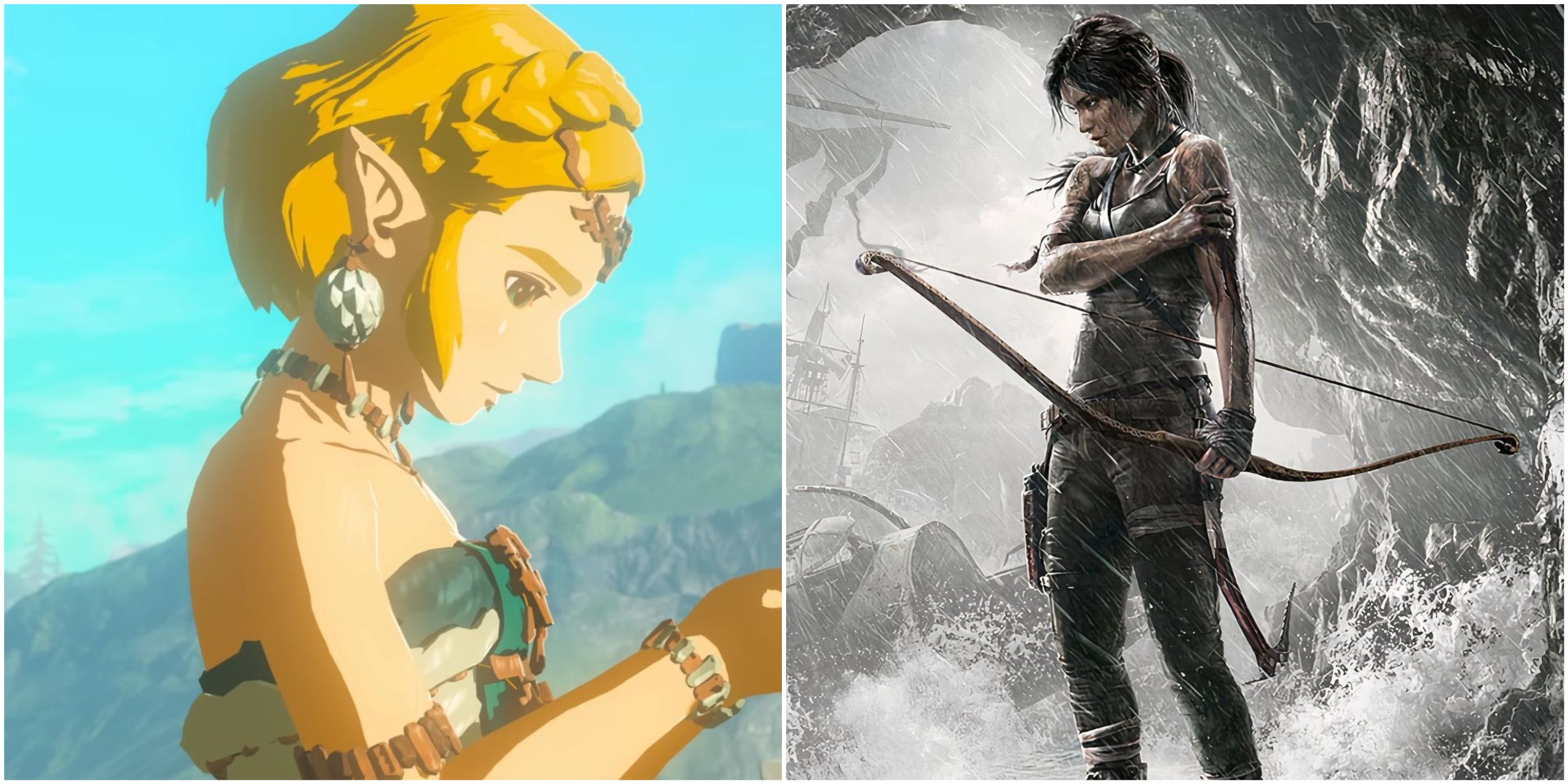
Related
8 Best Action-Adventure Video Game Franchises, Ranked
These iconic video game franchises are well-known for releasing the best action-adventure games.
6
Assassin’s Creed: Brotherhood
Building A Brotherhood
Assassin’s Creed Brotherhood
- Released
-
November 16, 2010
Assassin’s Creed: Brotherhood opened up avenues of player-driven progression that were a step up from the first games’ scattered side-quests. Players are free to explore both in the Animus as Ezio, and out of the Animus as Desmond. While story missions are mostly approached in the same order, the Brotherhood system and a host of side mission chains have meaningful effects on player progression, affecting the players’ in-mission abilities and gadgets.
The Brotherhood system revolves around recruiting assassins to Ezio’s cause. This is achieved by assaulting the optional “Borgia Towers”, freeing the captives, and recruiting them. Players can customize their assassins, and use them both for resource gathering and as combat aids in missions. There are a lot of other side missions and secrets, like the Leonardo Da’Vinci missions, the Cult of Romulus, and Cristina Vespucci’s memories, that can be approached in any order and offer significant benefits and story insights.
5
The Legend Of Zelda: Breath Of The Wild
Exploration Expanded
Prior to Breath of the Wild‘s release, many long-time Legend of Zelda fans wondered whether the open-world formula would really suit the action-adventure franchise. The Legend of Zelda: Breath of the Wild defied even the most positive expectations, though, and the formula is likely one that will stay with the series going forward.
The exploration in Breath of the Wild is excellent, and the non-linearity isn’t just a surface-level choice of which direction to go in. The game’s physics system and innovative puzzles allow for a player-driven approach to puzzle solving where there is often more than one viable solution. Like any good Zelda game, the abilities Link acquires throughout the game help expand the exploration even further and offer new ways to interact with the world thanks to the aforementioned systems.
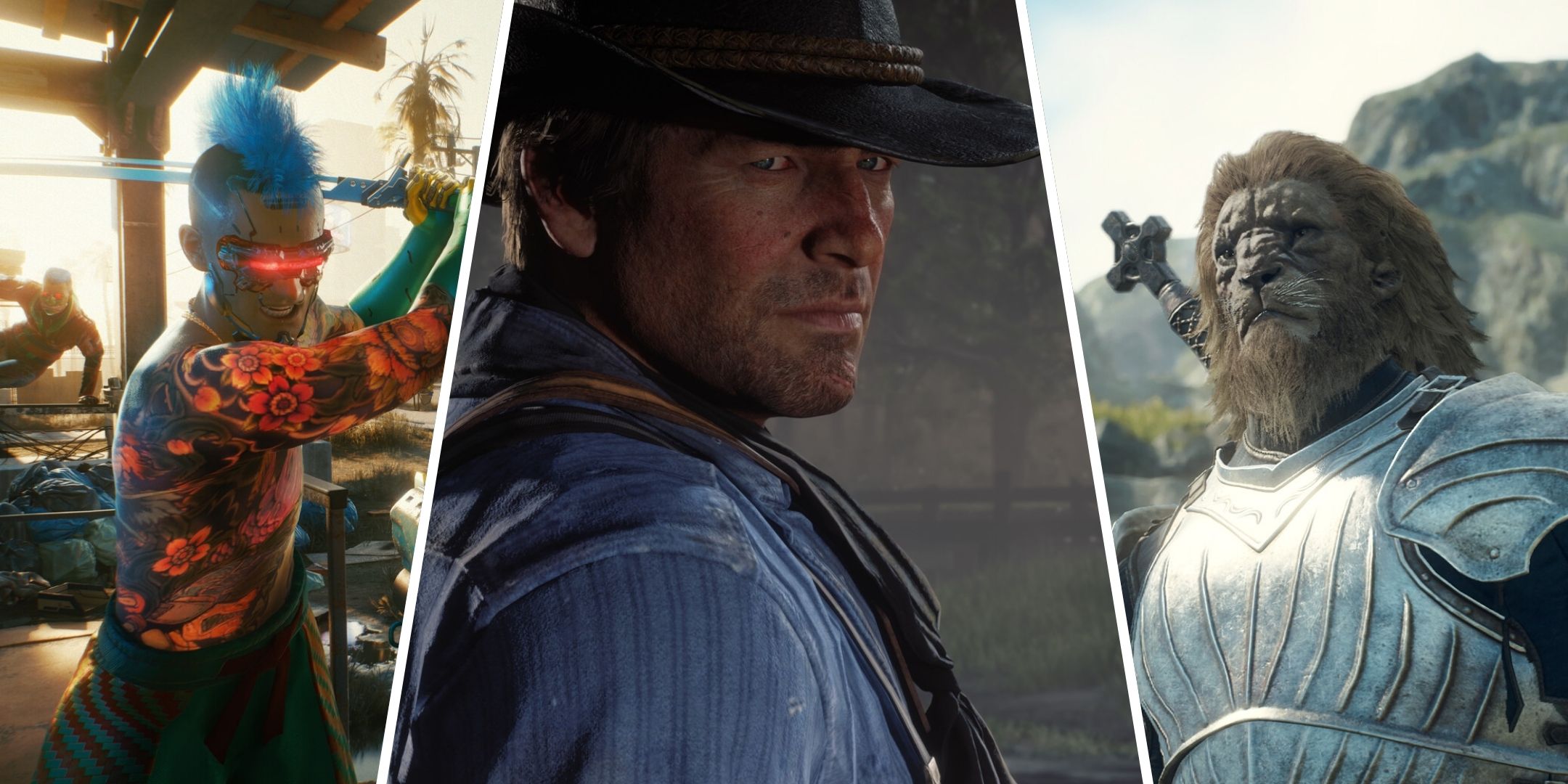
Related
9 Best Action Games That Should Be Ported To The Nintendo Switch 2
With the Nintendo Switch 2 set for a 2025 release, fans eagerly anticipate these action games making their way to the console.
4
Dishonored
Binary Morality
Dishonored approaches non-linearity in an interesting way. The wide-linear levels offer players multiple ways to approach the same objectives, but the actions that players take to get through those levels will also affect the wider narrative and how it unfolds. This offers multiple ways to approach the story and see different events, even if it ultimately pigeon-holes players into a rigid set of options in a given playthrough.
The interesting thing about the way Dishonored separates its lethal and non-lethal approaches is the way that different events often unfold in missions as players pursue either option. Rather than simply choosing between killing a foe and knocking them out, eliminating enemies non-lethally often involves finding an alternate solution altogether. This and the malleable plotline are what provide the feeling of non-linearity, as opposed to simple playstyle differences.
3
Hollow Knight
A Vast World Underground
As a game inspired by the greatest Metroidvanias and platformers, Hollow Knight fulfills the promise of free-form exploration in a way that is constantly surprising and rewarding. Practically from the start of the game, the player is free to explore the entire map of Hollow Knight in any way they choose, though they might need to collect a few of the Metroidvania-style traversal abilities to help them get to the harder-to-reach areas.
The adventure also sheds a lot of the more granular RPG mechanics of some of its peers, opting for a relatively simple system of upgrades and equippable charms that still manages to pack in a lot of variety in playstyles. Every part of Hallownest has something interesting to discover, whether it’s a new ability, a hidden NPC, or a secret boss. It’s something that makes the non-linear progression feel connected and satisfying no matter how the player approaches it.
2
Ghost of Tsushima
Guided By The Wind
Sucker Punch surprised players and critics alike with the organic nature of Ghost of Tsushima‘s open world and approach to guiding the player with subtle cues. This lets the player approach the many smaller activities dotted around the world at a pace they decide, guided by a gust of wind or a friendly fox, rather than a glowing map marker.
While the story missions unfold in a linear manner, as Jin’s family tensions play out, many of the deeper stories in Ghost of Tsushima are the tales of Jin’s allies and friends that he meets along the way. These can be played out in any order, letting the player learn more about the characters they enjoy the most.
In typical open-world fashion, the linear set of story missions is just one thread that players can follow through the game, and no two players will have exactly the same experience. The way they approach the rest of what’s in the game will have a deeper impact on how they see both the world and the characters within.
1
Grand Theft Auto 5
Triple Protagonist Tussle
While previous Grand Theft Auto games allowed some freedom in how players approach the open-world structure, Grand Theft Auto 5‘s cast of three protagonists allowed Rockstar to go even further with player agency. While there are some sections where the player is locked to a single character, more often they have the opportunity to switch freely. This contributes to a sense of freedom in how players approach the world and its missions.
The missions themselves can often be approached in any order. Usually, players will have a selection of missions to choose from at once, even where missions that contribute to the main story are concerned. That’s as well as the numerous side activities and mini-missions that players will find as they explore. Like many open-world games, players are all journeying to the same point in GTA 5, but the path of getting there will look different for everyone.
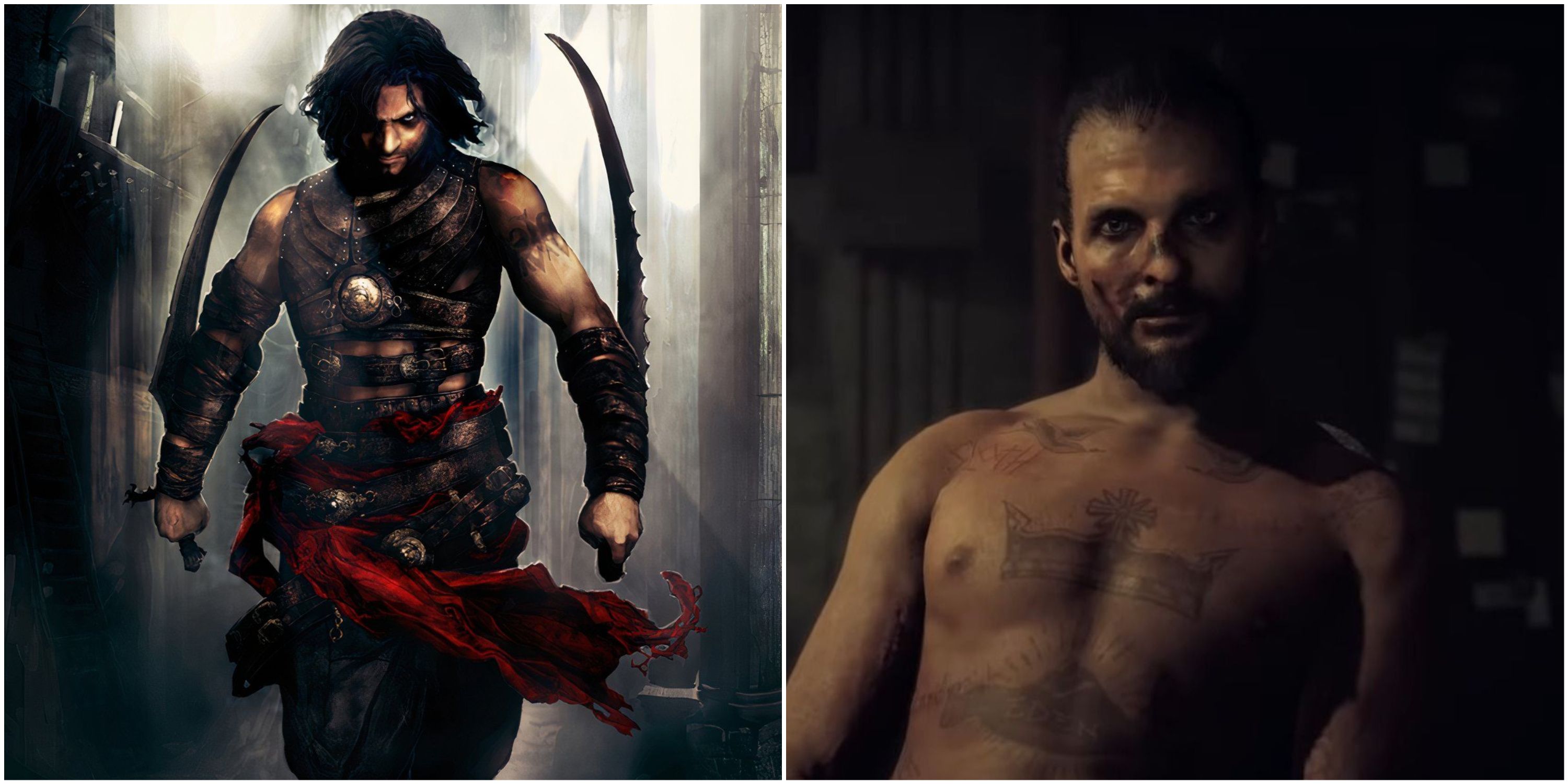
More
8 Ubisoft Games With The Best Action Combat, Ranked
Of all the games developed by Ubisoft, these are the ones that stand out for their combat.
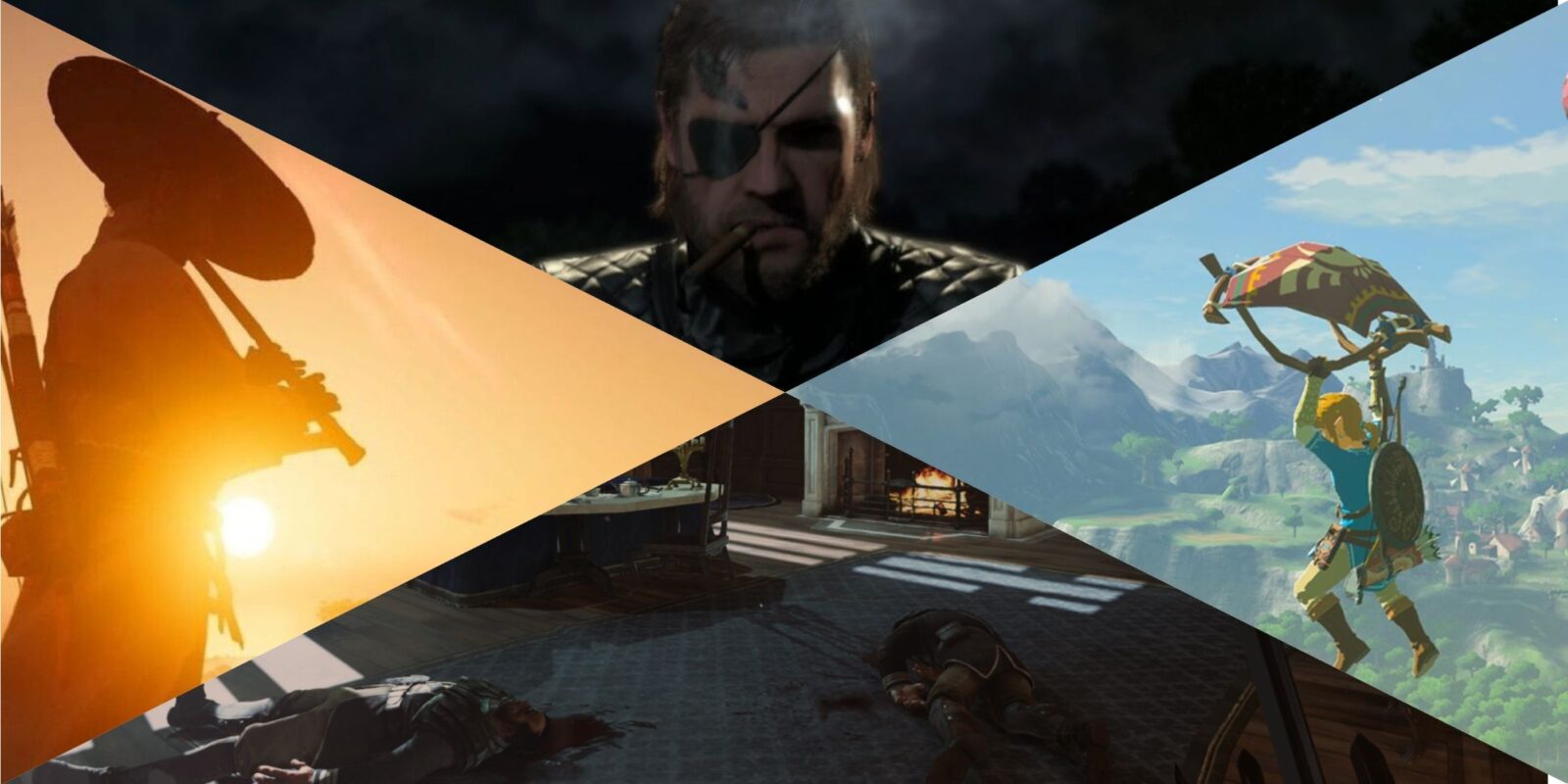
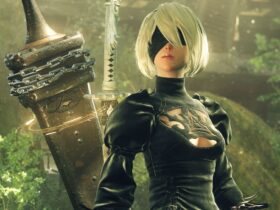


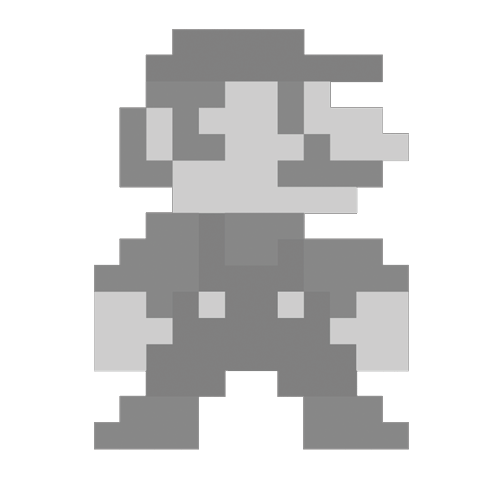



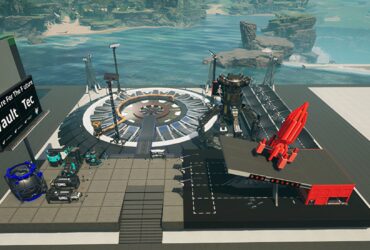




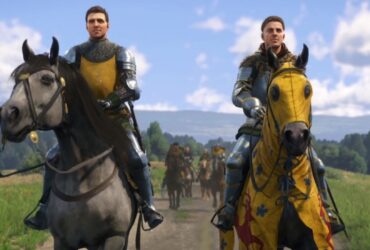
Leave a Reply